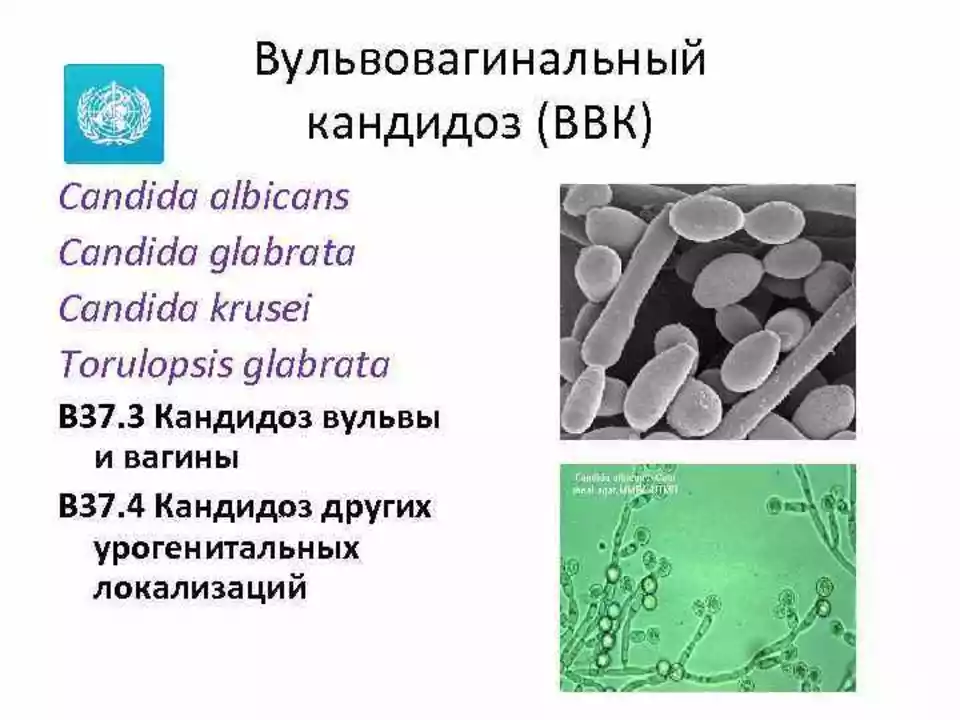Biofilms: What They Are and Why They Matter
Ever notice a slimy film on the inside of your water bottle after a few days? That’s a biofilm – a tiny city of bacteria wrapped in goo. It looks harmless, but those microbial neighborhoods can protect germs from medicines and make infections hard to treat.
How Biofilms Form
Bacteria start as single cells floating around. When they find a surface they like – a pipe, tooth enamel, or even skin – they stick together with sticky sugars called extracellular polymeric substances. This slime builds a protective shield. Inside the shield, bacteria share food, swap genes, and grow in layers. The outer layer shields the inner ones from antibiotics, disinfectants, and our immune system.
Why Biofilms Are a Problem
Because the biofilm armor blocks drugs, infections linked to catheters, joint implants, or chronic wounds often need stronger or longer treatments. That’s why doctors sometimes see recurring ear infections or stubborn acne – biofilms keep the bacteria safe and hidden.
Biofilms also make everyday cleaning tougher. The same film that protects gum disease can coat kitchen sinks, showerheads, and even your toothbrush. If you don’t break it down regularly, germs multiply and spread.
Dealing with Biofilms at Home
Good news: you can shrink biofilms without a lab. Hot water (above 60 °C) weakens the slime, so run your dishwasher on a high‑heat cycle. Vinegar or diluted bleach works too – just let it sit for at least five minutes before rinsing.
For personal items like contact lenses or dentures, follow the cleaning instructions exactly and replace storage cases every month. A daily mouth rinse with an antibacterial solution can keep dental plaque from turning into a biofilm fortress.
Biofilms in Healthcare Settings
Hospitals use strict protocols to stop biofilm formation on equipment. That means regular sterilization, using antimicrobial coatings, and swapping out catheters as soon as they’re no longer needed. Some newer antibiotics are designed to penetrate the slime, but prevention is still cheaper than treatment.
If you have a chronic wound, doctors may clean it with special enzymes that break down the biofilm matrix before applying dressings or antibiotics. This two‑step approach often speeds up healing.
Future Ways to Fight Biofilms
Researchers are testing tiny particles called nanoparticles that can slip into the slime and kill bacteria from inside. Others are looking at natural compounds from plants that stop bacteria from sticking in the first place.
While these ideas are promising, the simplest tip stays the same: keep surfaces clean, use heat when you can, and don’t ignore recurring infections – they might be a sign of a hidden biofilm.
Next time you see that slimy film, remember it’s more than just dirt. It’s a tiny community protecting germs, and with a bit of effort you can break it down and keep yourself healthier.

As a blogger, I've recently been diving into the world of biofilms and their role in candidemia and disseminated Candida infections. What I've discovered is that these biofilms, which are essentially communities of microorganisms, play a significant part in the persistence and resistance of Candida infections. One of the key challenges in treating these infections is that biofilms can protect the Candida cells from our immune system and antifungal treatments. This makes it incredibly difficult to eradicate the infection and contributes to its widespread occurrence. In conclusion, understanding the role of biofilms in candidemia and disseminated Candida infections is essential in order to develop more effective treatment strategies and improve patient outcomes.
Read More